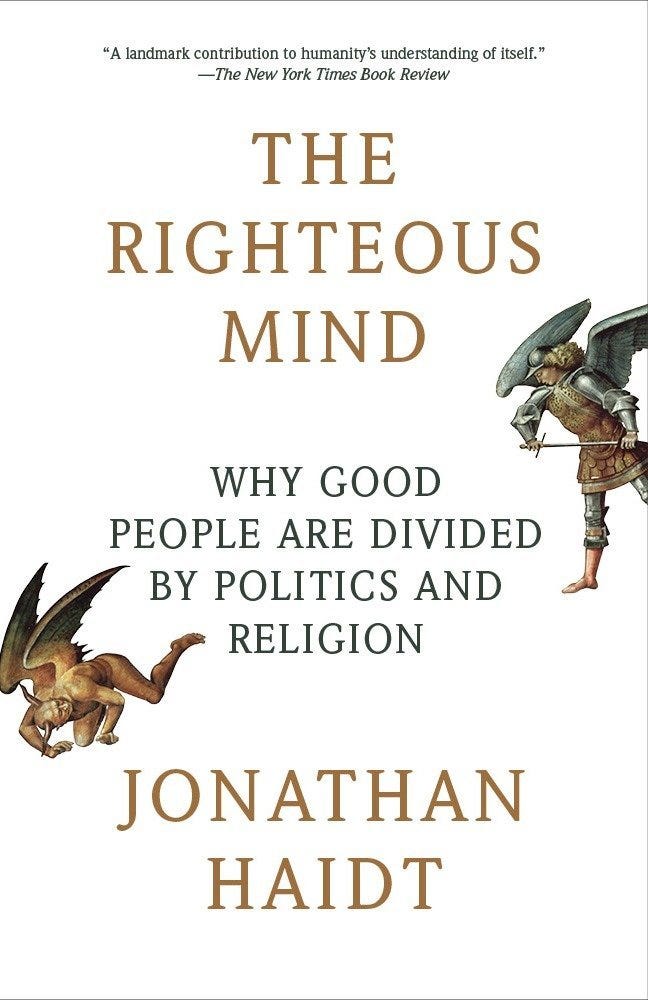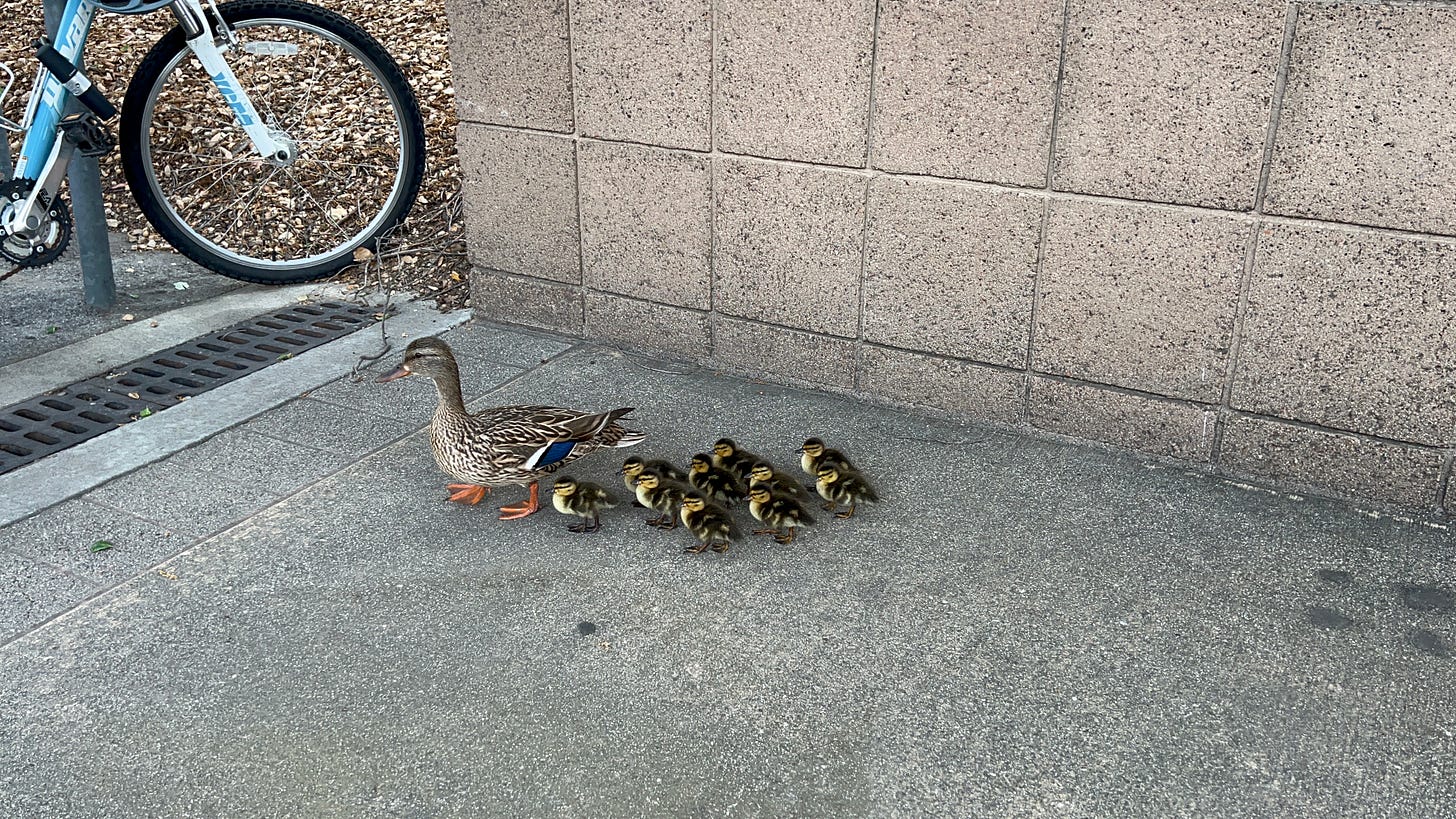
Where are you focusing on making minor changes while ignoring the boring areas that could much more significantly move the needle?
As the semester is coming to a close I’m reflecting on the past academic year and considering the positive and negative habits I’ve developed. Whether you have the seasonality of the academic year to help or not, I would encourage you do the same as we roll into the more relaxed summer season (at least in Los Angeles where we have 75 ˚F sunny weather instead of upstate NY where they are still getting snow in late April!).
The Four “C” Framework
One framework that I find helpful for this type of review is Cal Newport’s four alliterative buckets: Craft, Constitution, Community, and Contemplation. These allow you to break down the main areas of your life where you spend your time.
Craft: work or professional life
Constitution: physical health and well-being
Community: family, friends, and interactions with the other important people around you
Contemplation: mental, psychological, philosophical, or spiritual habits and practices
What are the things (for better or worse) that you are doing consistently in each of these areas?
As you consider these four buckets, I suggest that you think about three questions for each:
I like: what are you doing well that you want to keep doing?
I wish: what are things you want to adjust and improve?
I wonder: what are some out-of-the-box ideas that you might want to try out?
I find this framing more helpful than listing things that are going well or poorly in each of these categories because it points us in a positive direction.
For example, as I think about my constitution over this past year, I’ve come up with the following list:
I like: consistency with daily pushups and calorie counting
I wish: I was in a better rhythm of running and cycling regularly
I wonder: what would I need to do to my schedule to enable me to run for an hour three times a week?
Just Work
Thinking back to Brad Stulberg’s tweet, it’s a lot easier to think about doing something than it is to do it. But as Jerry Seinfeld famously says when asked about his methods: “Just work.” And when you work, make sure you’re prioritizing well: don’t focus on eking out the last 1% before you’re doing the simple yet boring things to get the 99%.
A Request
How are you doing? Does this framework resonate with you? If so, I would love to hear from you! Feel free to shoot me a short message – I promise I’ll reply. And if you have a friend or family member who you think would benefit from this newsletter, would you consider sharing it with them?
The Book Nook
I was reminded of The Righteous Mind this week as I listened to a podcast conversation with its author Jonathan Haidt on Andrew Sullivan’s podcast (the podcast was related to Haidt’s recent essay in The Atlantic which is also great and worth reading). I originally read this book a number of years ago and it is hard for me to think of a book that I’ve read recently that has more insightful analogies (although Postman’s Amusing Ourselves to Death might come close).
This book has several helpful insights to explain the fracturing of our cultural conversation, especially related to politics and religion. One of my favorite images in the book is of an elephant and a rider to describe our human decision-making process. This picture describes our rational mind as a rider on top of an elephant which represents our emotional mind. The key insight is that, although we may think the rider is steering the elephant, more often than not the rider is simply trying to justify the direction that the elephant is heading in. In the same way, we often fall into a cognitive trap of thinking that we are being rational, but we’re really just justifying the intuition of our emotions.
If you haven’t read The Righteous Mind yet, I highly recommend that you give it a read. And if there are any fellow Jonathan Haidt fans out there, I would love to hear what else stands out to you from his writing and speaking.
The Professor Is In
One of my favorite parts about writing scientific papers is drawing figures (maybe more later about my workflow. Mostly Python + Jupyter Notebooks + Affinity Designer). Here’s a figure I made this last week to illustrate a technique I helped invent near the end of my PhD called interferometric speckle visibility spectroscopy (iSVS). If you are interested in the technical details you should check out the paper, but the basic idea is that by monitoring the blurring of a speckle pattern (seen in the inset in panel (a)) you can determine how fast blood is flowing inside a piece of tissue.
The key insight of iSVS is that by introducing a reference beam to form an interference pattern on the camera, the blood flow can be detected much more sensitively and enable noisier, cheaper, and high pixel count camera sensors to be used. This has applications in helping to measure brain activity since there is evidence to suggest that brain activity and blood flow are correlated (a concept called neurovascular coupling). The sensitivity allows us to probe below the surface of the brain to explore deep-brain regions.
Leisure Line

Earlier this week I had the chance to take a trip with my wife to our local Salt & Straw. I’m a bit heavier and my wallet is a lot lighter after the trip, but boy is that some good ice cream. We arrived with no line behind us and got to try a bunch of flavors before I finally settled on a scoop each of Salted, Malted, Chocolate Chip Cookie Dough and Chocolate Gooey Brownie. Still not as good per dollar as Handel’s or my hometown favorite Rich Farm, but tasty!
Still Life
Spotted this duck and its ten ducklings this week on campus. Never know what you’ll see if you keep your eyes open!





